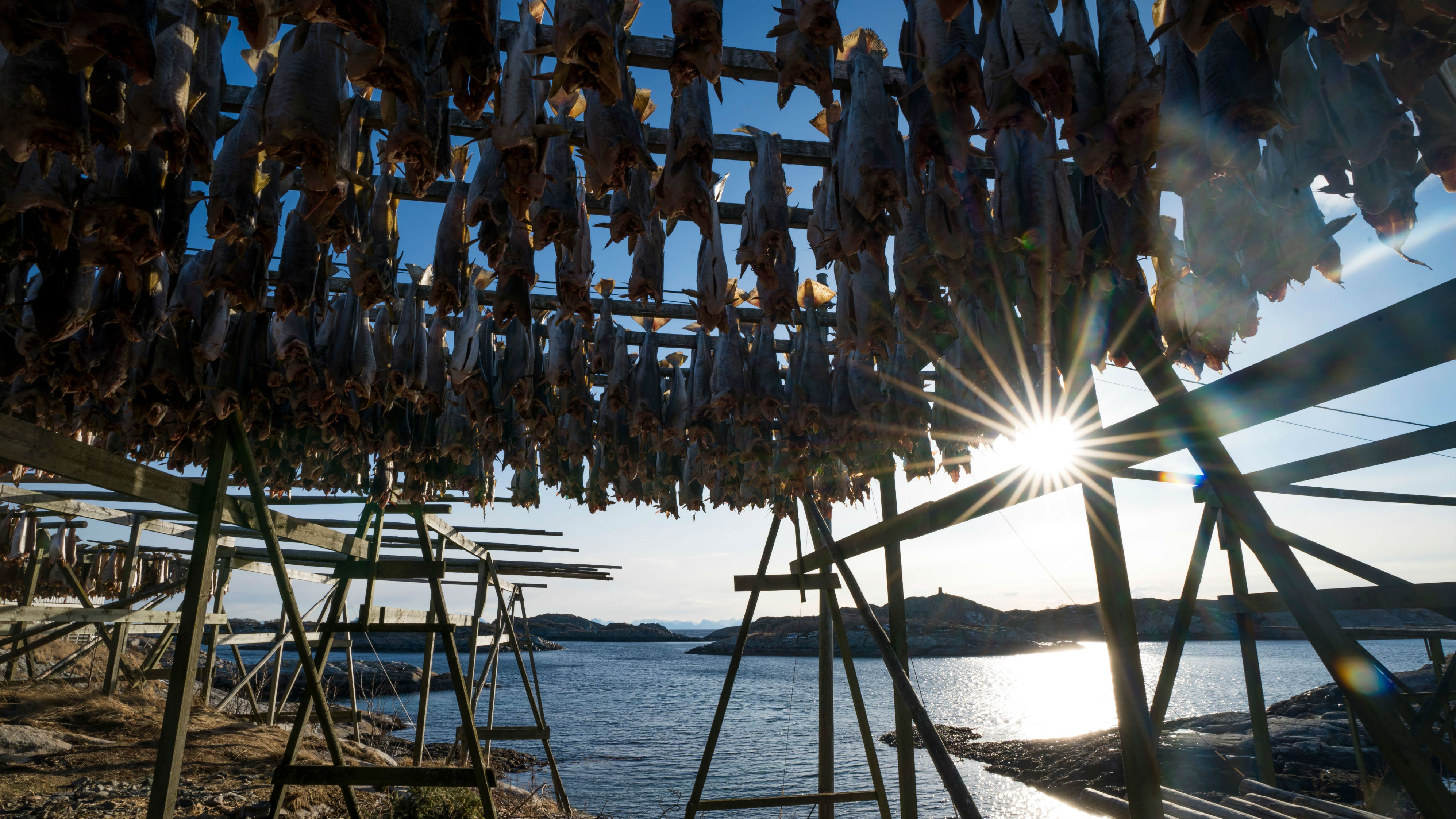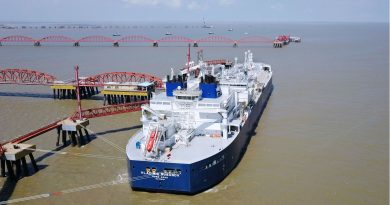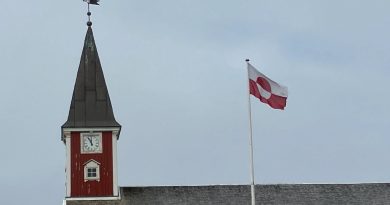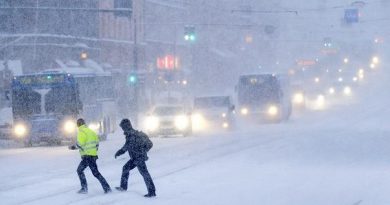Increasing ocean acidification ushering era of uncertainty for Arctic, says report

If left unchecked, acidification levels in the Arctic Ocean will have significant consequences for northern communities as well as the rest of the globe says a report released this week.
The report, 2018 Arctic Ocean Acidification Assessment, was put together by the Arctic Monitoring and Assessment Programme (AMAP), a working group of the Arctic Council, and was released at the 2018 Arctic Biodiversity Congress in Rovaniemi, Finland on Wednesday.
The assessment was based on a series of case studies from different regions of the Arctic including Alaska, Canada, Greenland, Norway and the Barents Sea. In all cases, they projected unchecked acidification levels would have grave impacts on all areas in coming years.
“Overall, the case studies show that effects of acidification, in combination with other stressors, are highly uncertain,” said AMAP in a news release. “This uncertainty underscores the urgent need for increased monitoring in the region, and for research that looks at the effects on species of a number of environmental stressors acting in combination.”
Alaska: Impacts of acidification on fisheries in different regions of the state
Barents Sea: Effects of fishing, climate warming and acidification on cod
Canada: Potential effects of climate change and ocean acidification on polar cod and the Indigenous communities that rely on the fish for country food
Greenland: Effect of acidification on shrimp fishing and socio‐economic implications of those changes
Norway: How ocean acidification and warming might impact sea urchin yields
Acidification impacts
Rising ocean acidification is primarily driven by rising greenhouse gas emissions.
Changing ocean chemistry has a suite of cascading impacts: it can interrupt the food chain, alter predator-prey relationships and can even impact how marine life develops. The impacts of this in fragile environments like North, are particularly worrying, AMAP says.
“Falling ocean pH levels – which are changing most quickly in the Arctic – are acting in tandem with other environmental stressors, such as rising air and sea temperatures, to drive significant changes in marine ecosystems, with impacts on the communities that depend upon them,” they said.
Assessing environmental threats
AMAP, like other Arctic Council working groups, are made of up experts that come together to examine particular areas of concern in the North. AMAP’s mandate is to assess polltion threats and their affects on Arctic peoples and the environment and to give advice to Arctic ministers on actions needed to respond and mitigate some of these threats.
The report released this week is an update to a previous 2013 AMAP assessment.
Around four-hundred and fifty experts are attending the Arctic Biodiveristy Congress in Rovaniemi.
The conference ends October 12.
Write to Eilís Quinn at eilis.quinn(at)cbc.ca
Related stories from around the North:
Canada: Thawing permafrost in Canada’s Northwest Territories releasing acid that’s breaking down minerals: study, CBC News
Finland: Arctic environment ministers gather in Finland to tackle climate change, biodiversity & pollution, Eye on the Arctic
Greenland: Glacier half the size of Manhattan breaks off Greenland, CBC News
Iceland: Scientists puzzled by right whale’s appearance off Iceland, CBC News
Norway: Thawing permafrost melts ground under homes and around Global Seed Vault in Svalbard, The Independent Barents Observer
Russia: Arctic coastal town of Dikson is fastest-warming place in Russia, The Independent Barents Observer
Sweden: Warm temperatures lasting into autumn across Sweden, Radio Sweden
United States: New study predicts ‘radical re-shaping’ of Arctic landscape by 2100, CBC News




There is zero urgency portrayed in this dry as a bone analysis of one of the drivers of a previous extinction event.
The total absence of the precautionary principle is why we are in such deep shit.
With the exception of just a few scientists you’d never know we are in a carbon saturation crisis.
When we see “Canfield Oceans” the scientists will fein surprise and pretend they never saw that coming.
Why do you provide no figures for acidification? Is it because a change from a pH from 8.1 to 8.09 is negligible and that multiple scientific studies have shown negligible effect on marine life?